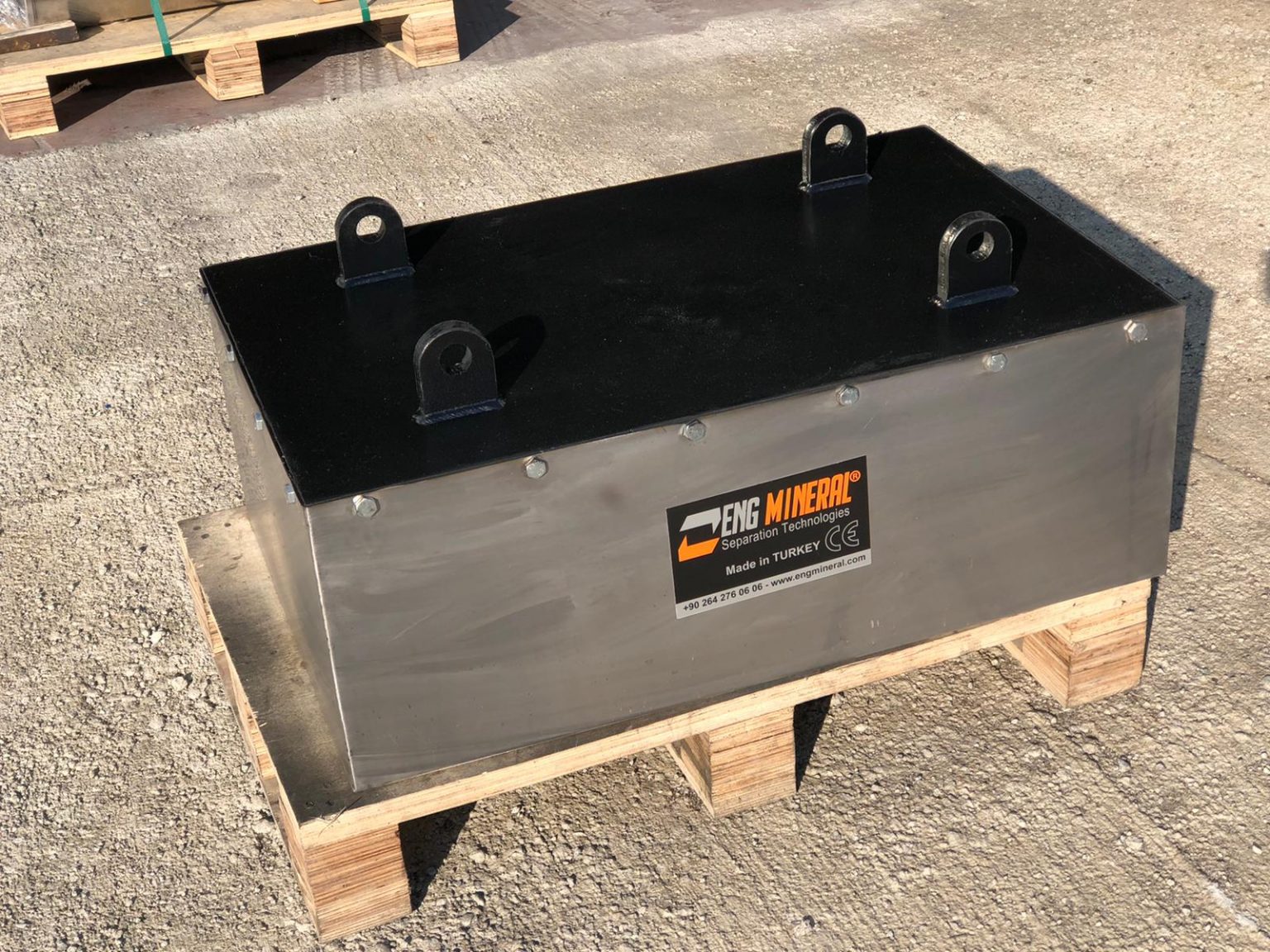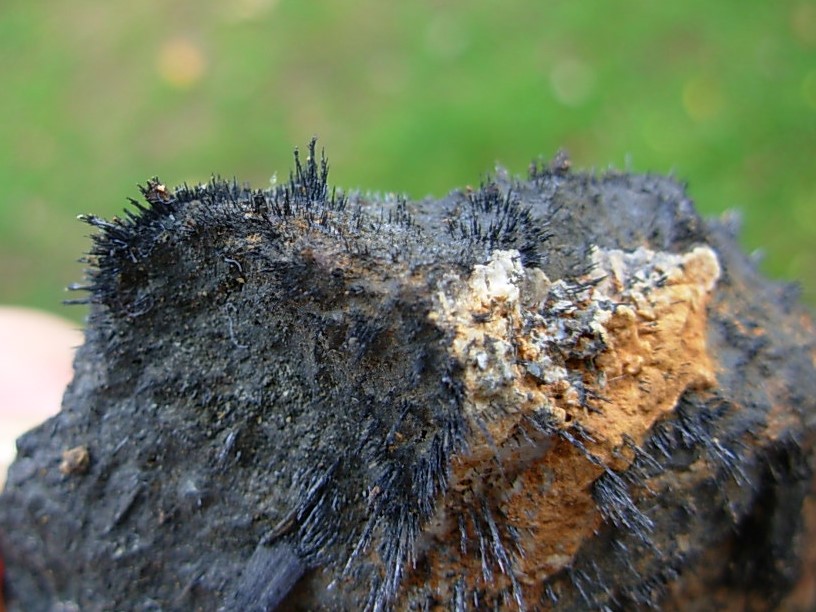

Magnet; They are objects that attract particles such as iron, nickel and steel powder and have the ability to create a magnetic field.
The magnet was first observed by the Greeks in 800 BC in the Manisa province of Turkey, where Magnetite (Fe3O4) ore adhered to some iron pieces due to the natural magnetization effect. It is found in some meteorite remnants in Algeria, Switzerland and the Ural mountains, and naturally scattered in many parts of the world. Natural magnets are self-formed magnets. However, apart from these natural magnets, there are also artificial magnets made of special steel by giving water.
The steels are kept at a temperature of approximately 800 degrees Celsius, where the carbon is dissolved, and then left to cool rapidly at 260 degrees Celsius so that the resulting austenite does not deteriorate. After this process, when the temperature is lowered, only marstent is obtained. This substance is called the iron carbon solution found in iron. The steels in question use carbon as the main material in making magnets. One of the most important materials used in magnet making is alnico. Alnico; It consists of nickel, steel and aluminum.
Today, the strongest natural magnet is NdFeB, also called Neodymium.
The specific gravity of the magnet was measured as 2.7gr/cm3. It can attract some metals such as steel, nickel and iron.
Metals such as copper and aluminum, called diametals, are not affected by the attraction power of the magnetic field, but are affected by the repulsion power. In these cases Eddy current technology is used.
What are the Poles of a Magnet?
Even if the magnet, which has two poles, south and north, breaks anywhere; Magnets with the same effect on the south and north poles can be obtained again.
Magnet types
Electromagnets: These are simple magnets obtained by applying voltage to the end of a wire shaped like a spiral. By placing a ferromagnetic object in the middle of the helix, the magnetic property can be increased hundreds of times. Electromagnets maintain their magnetic properties as long as current flows through the wire. The created magnetic field is determined in the direction of the north pole using the right hand rule. Electromagnets; It is used in devices such as particle accelerators, electric motors and relays for purposes such as deflecting charged particles or converting electrical energy into kinetic energy.
Permanent magnets: Substances such as cobalt, iron and nickel have ferromagnetic properties at room temperature. In addition to being naturally occurring substances such as permanent lodestone, they can also be artificially produced magnets. Artificial magnets are generally used in devices such as speakers and electric motors that are used to convert electrical energy into motion energy and motion energy into electrical energy.
Some methods are applied to make magnets lose their magnetic effects. Generally, the magnetic properties of the magnet are reduced by colliding it with a piece of iron or another magnet. Additionally, it loses its magnetic properties by moving it in an intense magnetic field. A method developed to make magnets lose their magnetic properties is to demagnetize magnets when heated according to their curie temperature.
The usage areas of magnets are quite wide. Magnets, which are used in many areas, vary depending on the area in which they are used.
Minerals Attracted by Magnets:
Magnetite
Siderite
ilmenite
garnet
Chromite
wolframite
columbite
biotite
pyroxine
Manganese Oxide
tourmaline
epidote
rutile
Muscovite
Hematite
taurite
molybdenite
Tags: magnet magnet strong magnet neodymium what is a magnet what does a magnet attract what minerals does the magnet attract the history of the magnet the poles of the magnet ferrite neodymium alnico samarium cobalt types of magnets


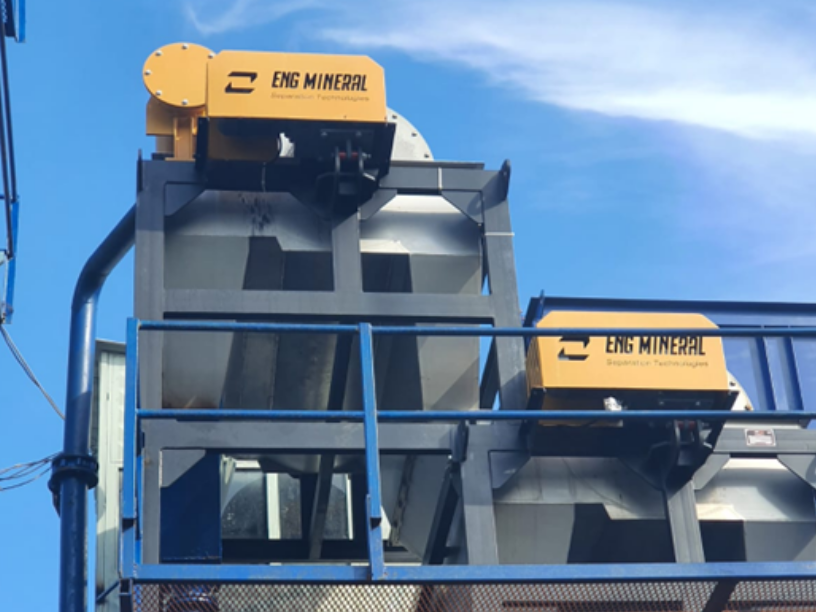
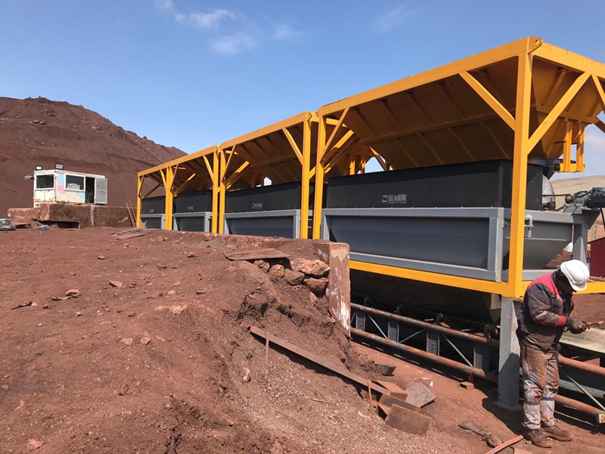
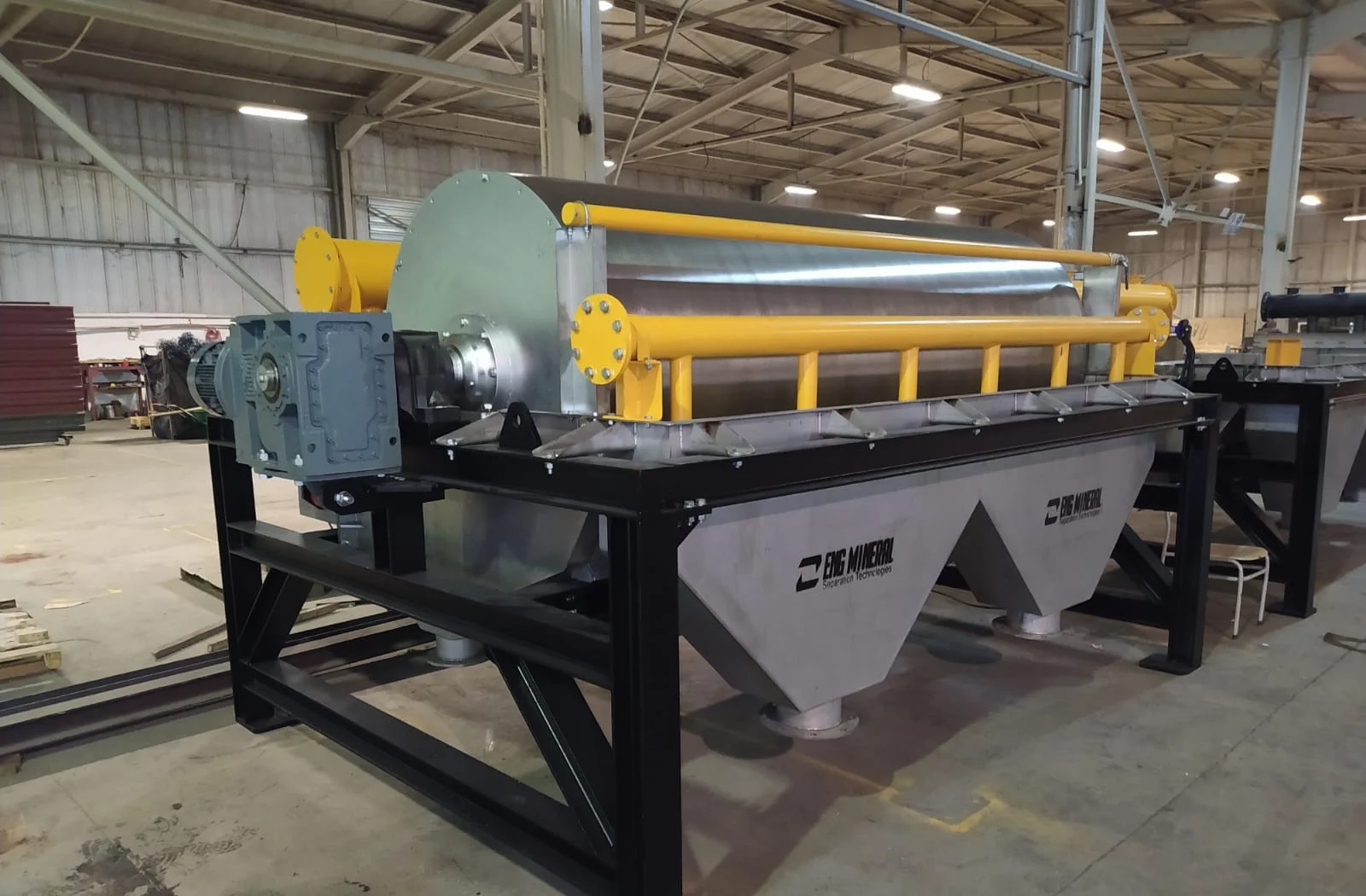


.jpg)
